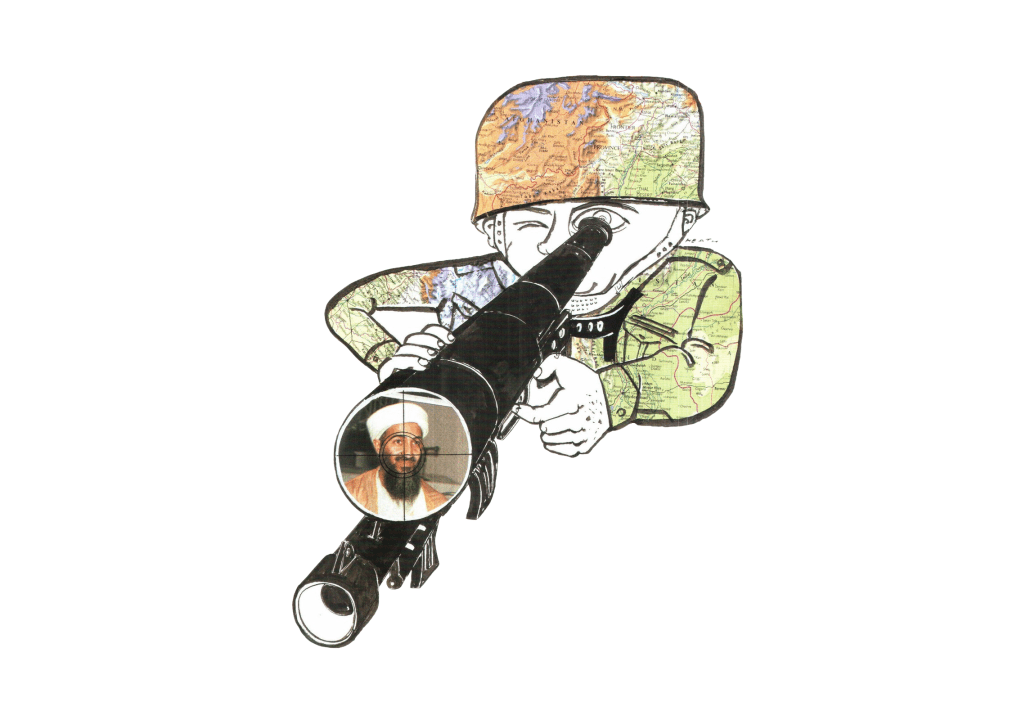For many years, the mainstream story of the British armed forces has been one of cuts and decline. More cuts are to come. Even though the army has not been at its target strength for several years, the Defence Command Paper, released on Monday, commits to reducing the British army’s size by an additional 10,000 troops — around 12 per cent of its operational manpower.
But does this necessarily matter? Of course it does. Over the past decade, the British armed forces have been underfunded and stretched to meet the tasks afforded to them by the government. Between 2010 and 2015, defence spending continued to fall in real terms until it fell below the Nato target of 2 per cent of GDP.
Although spending has risen since then, it has not been enough to cure the rot. Even a large and welcome £16.5 billion increase in defence spending, provided by Boris Johnson in November last year, has not been enough to maintain the armed forces’ current size as well as develop the new weaponry Britain needs to be prepared for future conflicts.
For a compact but potent country like Britain, it is the development of cutting-edge technology that matters
Yet, British strategists have never relied on large armies. Although mass has a quality of its own, to repeat the old maxim, when forced by a tight budget to choose between mass or technology, the MoD should opt for the latter nine times out of ten. This is how the British military has historically prevailed in wars throughout the ages.
The British army in 1815, 1914 or 1939 was smaller, even dwarfed, by its rivals. Napoleon dismissed the British as a nation of shopkeepers; Kaiser Wilhelm II claimed that he would send his police force to arrest the British army if it landed on the continent. Both lost their wars.
For a compact but potent country like Britain, it is the development and application of cutting-edge technology that matters, particularly when organised and deployed asymmetrically from the sea. British strategists have long known that they could not field armies the size of their continental rivals; instead, they maximised Britain’s strategic and tactical effectiveness by using better technology.
With some help from the weather, Queen Elizabeth I’s navy defeated the Spanish Armada because her vessels contained uniform guns capable of firing quicker than those of their rivals. In the 19th century, British forces could operate globally not because of their size but because they had integrated the use of rifles, telegraphs, steamships and modern medicine into an effective military machine. Later still, Britain’s tanks began to break the stalemate of trench warfare, and the deployment of integrated radar was vital to winning the Battle of Britain.
Today is no different. As the integrated review explains, large and determined hostile states, which can maintain massive armies, are emerging — each with a very different vision of how the world should function. In Ukraine and Syria, authoritarian Russia has provided Britain with a glimpse of future warfare; meanwhile, a decade from now, revisionist China will inevitably be a superpower with global reach.
In this world, the defence of democracy and sovereignty will require the integration of new technologies — as it has done in the past. For this reason, the government is right to prioritise the development of new weapons over the number of troops. As well as drones, cyber and space capabilities, it is also about developing and integrating advanced warships, directed-energy weapons and faster missiles into a modern combat system — which Britain must bring together to help it compete.
Ultimately, for a small but potent country like the United Kingdom with a tight budget, it is the systematisation of advanced military technology that matters, not large armies. Both would be desirable, but only one is essential.







Comments